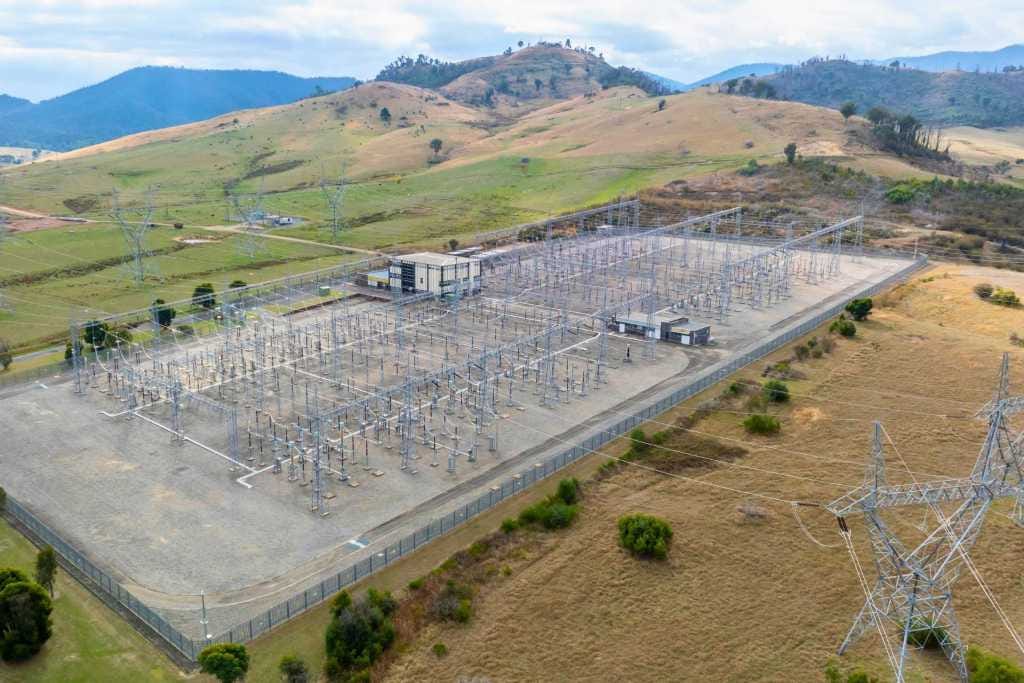Tariffs and Turbulence
How Policy Volatility is Undermining Clean Energy
The clean energy transition has long been described as an unstoppable trend driven by falling costs and improving technologies. But the reality is proving more complicated. Across the United States and Europe, rising costs, trade barriers, and policy uncertainty are creating challenges that technology alone cannot resolve.
Trade protectionism and volatile policy decisions have emerged as significant obstacles to scaling renewable energy and related industries, like critical mineral refining. These forces are not simply about ideology or partisanship. They are structural pressures that have immediate effects on supply chains, investors, and consumers. Even policies designed to help the energy transition can backfire if they are implemented inconsistently or without a long-term plan.
Recent developments in the U.S. solar industry highlight how quickly these problems can spread. To address persistent shortages, the Biden administration initially suspended tariffs on solar panels imported from several Southeast Asian countries.
Developers welcomed the relief, expecting it would ease bottlenecks and allow new projects to move forward. But when the Trump administration reversed course and reinstated the tariffs, importers were left scrambling. Procurement costs increased, project budgets expanded, and delivery timelines slipped.
Manufacturers were already under pressure from tariffs on silicon, the essential material used to produce solar cells. Adding panel tariffs on top of existing trade restrictions made it even harder to plan. Imports fell sharply at the very moment utilities were relying on new solar capacity to meet growing electricity demand.
The broader lesson is clear. Trade policy changes, even when driven by legitimate concerns about unfair competition or national security, often disrupt supply chains more quickly than domestic manufacturing can scale. Building a new solar factory is a multi-year effort involving permits, financing, and skilled labor. Announcing a tariff takes only a press release.
Financing has become another source of friction. In Europe, central banks have raised interest rates to curb inflation. While these moves are necessary for macroeconomic stability, they have made borrowing for renewable energy projects significantly more expensive.
In the United States, uncertainty about whether Congress will extend federal tax credits has left developers hesitant to move forward. Companies also face unpredictability around what the Federal Reserve will do next with interest rates and how trade policy could shift costs further.
This combination of expensive financing, policy swings, and tariff risks has created an environment where developers delay projects, manufacturers slow hiring, and investors hold back capital. Despite strong demand and supportive rhetoric, clean energy construction and manufacturing are losing momentum.
Electric vehicles face similar challenges. Last year, EVs accounted for roughly 20 percent of all cars sold worldwide. Much of this progress was driven by China, which invested heavily in battery production, subsidized its manufacturers, and secured critical mineral supply chains. The U.S. responded by quadrupling tariffs on Chinese electric vehicles to protect domestic automakers.
The reasoning behind this move is understandable. Policymakers want to ensure that American companies are not undercut by subsidized imports. But in practice, steep tariffs have raised prices for consumers and disrupted supply chains. Automakers face difficult choices: absorb higher costs, pass them along to buyers, or rework production plans in an uncertain market.
Even the raw materials needed for batteries are vulnerable to volatility. The Democratic Republic of Congo supplies most of the world’s cobalt. Despite recent peace agreements, the M23 rebel group has advanced into major mining areas. This instability adds another layer of risk to supply chains that are already stretched by geopolitical competition and trade barriers. If mining is disrupted further, battery prices could climb quickly, affecting not only electric vehicles but also energy storage for solar and wind.
The contrast with China is especially striking. Over the past decade, Beijing has provided steady subsidies, clear incentives, and long-term industrial planning. This consistent approach has positioned Chinese manufacturers to lead the global market in batteries, solar panels, and electric vehicles.
Whether or not one agrees with the political ideology behind China’s strategy, the difference in predictability is clear. Chinese companies can plan for the next decade. Their competitors in the U.S. often struggle to plan for the next year, and many can’t even project quarterly earnings.
This does not mean all trade protection is inherently harmful. There are legitimate reasons to reduce dependence on a single country, protect intellectual property, and support domestic manufacturing. But frequent, reactive policy changes often undermine the investments needed to build long-term capacity. Tariffs and subsidies should be developed thoughtfully, communicated clearly in advance, and sustained long enough for companies to adapt.
A more stable approach to policy would also benefit from broader political reform. Systems that minimize sudden tax and trade changes can restore confidence for investors and developers. One of the virtues of the U.S. Constitution’s separation of powers is it reduces sudden, arbitrary policy shifts.
Predictable policy was once one of the strengths of the American economy. That stability has weakened as the president has arbitrarily set tariffs rates under emergency powers. The costs are now visible across supply chains.
The stakes are high. Trade barriers and policy volatility are not abstract concerns. They slow the deployment of renewable energy, raise prices for consumers, and undercut the competitiveness of industries the policies are intended to support. Governments that hope to accelerate decarbonization while strengthening energy security will need to design policies that balance strategic autonomy through protection of domestic industry with consistent, predictable incentives.



